There are few threads dealing with similar issues but I really didn't manage to get this one to work as I would expect it to.
I have this dataset:
Item AssetClass variable value
89 F/EER Hybrids 2016-09-15 5.0014
103 F/SOLG MA 2016-09-15 1.5829
104 F/SOP MA 2016-09-15 -5.4365
105 F/SRV MA 2016-09-15 6.1000
49 F/EER Hybrids 2016-06-15 0.7179
63 F/SOLG MA 2016-06-15 0.0000
64 F/SOP MA 2016-06-15 4.7124
65 F/SRV MA 2016-06-15 13.5132
9 F/EER Hybrids 2016-03-15 0.9599
23 F/SOLG MA 2016-03-15 0.0000
24 F/SOP MA 2016-03-15 6.6873
25 F/SRV MA 2016-03-15 9.9191
with the following structure:
'data.frame': 12 obs. of 4 variables:
$ Item : Factor w/ 40 levels "BRITISH POUND",..: 32 22 2 35 32 22 2 35 32 22 ...
$ AssetClass: chr "Hybrids" "MA" "MA" "MA" ...
$ variable : Date, format: "2016-09-15" "2016-09-15" ...
$ value : num 5.001 1.583 -5.436 6.1 0.718 ...
I am trying to plot those data using:
ggplot(chartSet, aes(x = Item,
y = value,
alpha = factor(variable))) +
geom_bar(stat = "identity", position = "dodge", fill = "red") +
scale_alpha_manual(values = c(0.1, 0.4, 1)) +
labs(alpha = "") +
theme_bw() + xlab("") + ylab("% Contribution to VaR") +
facet_grid(AssetClass ~ ., scales = "free_x", space = "free_x") +
coord_flip() +
theme(strip.text.y = element_text(angle = 0)) +
theme(legend.position = "bottom",
axis.text = element_text(size = 5))
This is something I do with other type of geoms and dataset but I really do not understand why this time I have this output:
What I would like to have instead is only F/EER in the Hybrids facet and the other three in the MA one. Given I am using "free_x" for scales this is what I was expecting.
Using the full set of data this is an example of "success":
There is a fair chance I am getting lost in a glass of water; if that is the case: sorry!



